It isn’t a secret that both Jerry Siegel and Joe Shuster were readers and fans of science-fiction and adventure pulps. Years before comic books picked up the practice — or were even invented, for that matter — the publishers of the various pulps commonly ran letters pages, printing correspondence from readers.
Perhaps not surprisingly, a young Jerry Siegel was one of those readers.
This particular letter comes from the August 1929 cover-date issue of Hugo Gernsback’s Amazing Stories, recognized as the first publication devoted soley to science-fiction.
Coincidentally, the issue came exactly one year after the famous “rocket man” cover of the magazine. That same issue featured the first appearance of Buck Rogers in “Armageddon 2419 A.D.” by Philip Francis Nowlan.
Siegel’s letter in the August 1929 issue, written two years before he met Joe Shuster, references neither the man with the jet pack or Buck Rogers, however. Instead, Siegel seems intent on showing support for his favorite writers and pulp stories from the past.
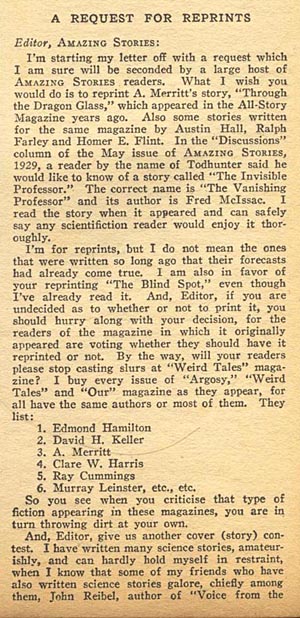
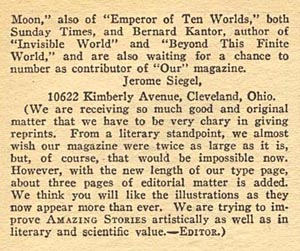
Gernsback was no longer with the magazine when this was published, having been forced out along with his brother as directors after the publishing company when bankrupt. The letter’s reply was likely written by Arthur Lynch or T. O’Conor Sloane, who controlled the magazine for years after Gernsback’s departure.
So, what’s this tell us about Jerry Siegel? Well, not much except that, for a 14-year-old, he seems very well-versed in the top science fiction writers and stories of the day.
The names listed by Siegel in the letter are like a Who’s Who of pulp writers of the day and beyond. And one name in particular, Edmond Hamilton, should be well-known to fans of Golden Age and Silver Age comics. Hamilton went on two write nearly 300 comic stories for DC Comics, most of which featured Superman, Superman-related characters or Batman. (Ray Cummings also did some writing anonymously for Marvel (or Timely, as it was known then) in the late ’40s or early ’50s.)
In the letter, you can also sense Siegel’s enthusiasm for the medium — both as a reader and an author. You’ll notice he mentions writing his own science-fiction and being anxious to see it published. It was around this time that Siegel used his manual typewriter and the hectograph printing process to create, Cosmic Stories, often recognized as one of the first — if not the first — fanzines.

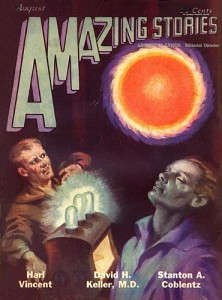

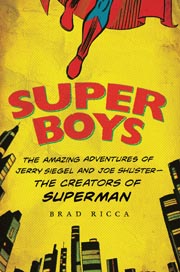
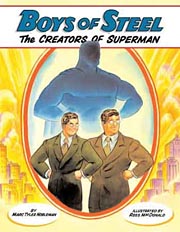
Pingback: Towards a Radical Fandom pt.2 – Daniel Sean Kelly